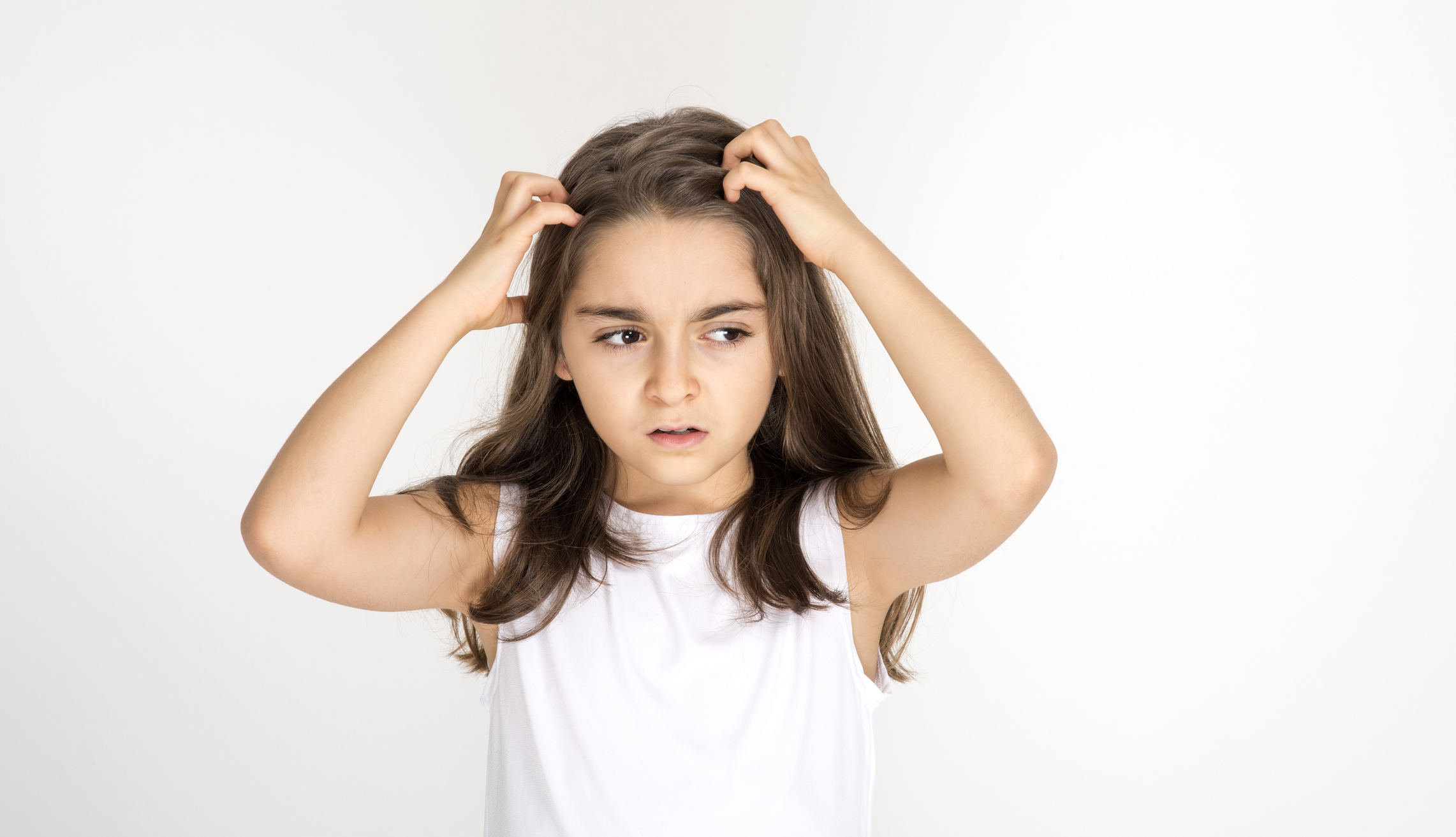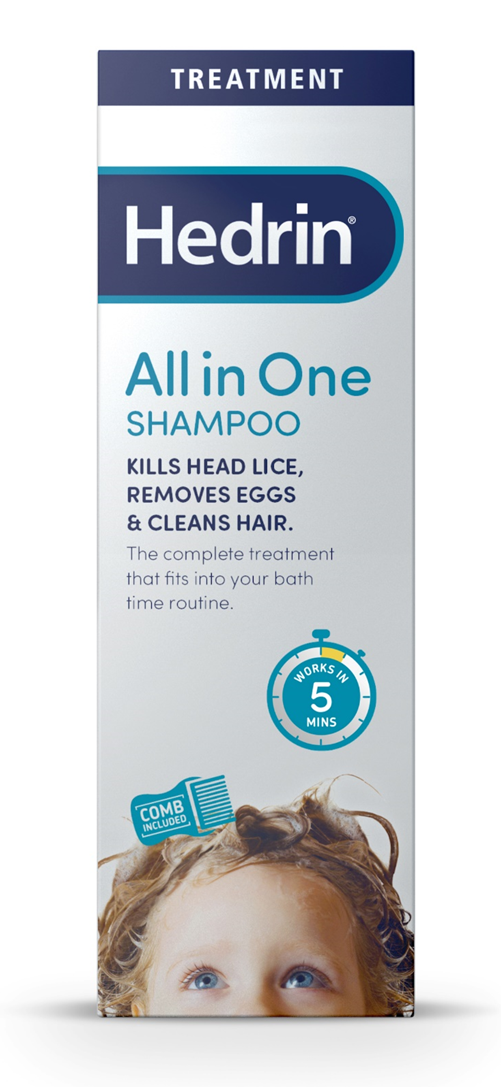Are head lice and nits the same thing? Common mistakes revealed for dealing with infestations!
No.6 is one you will have pondered...

With four months of the school term left, parents will no doubt still be keeping their eyes peeled and combs at the ready for any potential infestations of head lice.
But with so much information available about these pesky insects, it can be hard to separate fact from fiction. Luckily, expert Ian Burgess is on hand to do just this.
1. Head lice thrive in poor hygiene and dirty hair
FALSE “Having head lice has nothing to do with personal hygiene,” says Ian. “Head lice can live on all types of hair and no preference exists between clean or dirty hair.”
2. A combination of mayonnaise and vinegar can effectively treat head lice
FALSE “There is limited evidence to show that natural remedies, such as tea tree oil and mayonnaise are effective in eradicating head lice,” Ian explains. If you’re looking at non-pesticide treatments he reveals that the key ingredients that are often featured include dimeticone, octanediol and isopropyl myristate.
3. Only children are affected by head lice
FALSE “Children are more prone as they are in close contact with each other” reveals Ian. “Children aged 4 to 11 are most at risk but no one is immune. Girls do tend to be more prone as they tend to play more closely together with greater head-to-head contact than boys. But there are still certainly plenty of boys and men with lice.”
READ MORE: How to get rid of head lice: Best products and natural remedies
4. Head lice are resistant to treatments
FALSE “The fact that head lice are still with us in the UK is not due to products not working, even though some are more effective than others, but because people often don’t use them in a coordinated manner,” says Ian. “For example, if your child comes home with head lice and you treat the infestation but some of the children in the class remain untreated, the infestation will continue to spread.”
GoodtoKnow Newsletter
Parenting advice, hot topics, best buys and family finance tips delivered straight to your inbox.

Try: Hedrin All-in-One Shampoo, £9.99, Boots
5. School is the only place children can get head lice
FALSE “Lice are spread only by head-to-head contact, so sleepovers, after school activities, playing with friends and visiting family are the most common places for children to pick them up and pass them on,” explains Ian.
6. Head lice and nits are the same thing
FALSE “Head lice are small wingless insects that live on the scalp, feeding from the blood. Nits are the dead or empty shells [that lice hatch from],” Ian reveals.
7. The best way to spot head lice is by having a quick look at your child’s scalp
FALSE “Research has shown that detection combing – using combs specifically designed for this purpose – is nearly four times more effective than visual inspection for finding live lice. Lice are around 2-4mm long but immature lice are even smaller,” says Ian. “Combs should ideally be white, so that lice can be easily seen and with teeth no more than 0.3mm apart.”
Miriam Habtesellasie is a freelance lifestyle writer who has contributed content to GoodTo, Woman&Home, Women and Idealhome.co.uk. Miriam is based in London and is a fan of everything interiors, she admits to being spoilt for choice living in the capital. From stunning architecture right the way through to eye-catching department store window displays, she believes there’s always an angle to be found that can translate to our abodes.